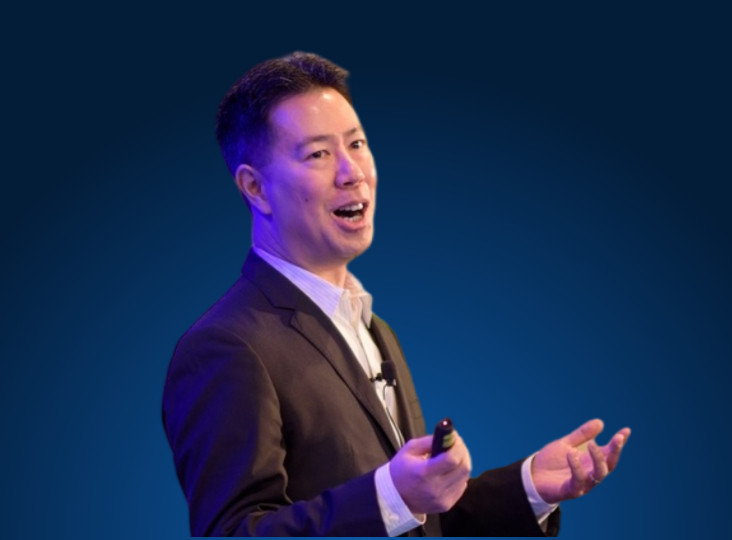Why healthcare systems should plan for a phygital patient experience
NRC Health’s Patient No Longer podcast, which creates connections to drive organizational change, innovative strategies, and digital technologies, takes you inside the minds of healthcare leaders and innovators who are inspiring a positive shift in the customer experience.
In a recent episode, “It’s a Consumer World: Mapping What Matters to Consumers Near and Far,” Ken Hughes, consumer and shopping behavioralist, shares his insights on cyber behavioralism, a field of study that looks at how our digital interactions affect our real-world expectations of business, brands’ customer journeys, and industry interactions, with host Ryan Donohue. Hughes also shares his thoughts on how healthcare leaders can understand consumer behavior.
“We have to look at how digital has taken over the world that we live in,” he says. “It’s a one-direction journey. Consumer expectations have been ratcheting up every decade for all of eternity. Every time we have new technology, a new channel, or a new way to market, consumer expectations shift.”
Hughes uses Netflix as an example. “Some may remember walking to their local video store and standing there on a Friday evening, looking at these black tapes, trying to work out what to bring back to the family for movie night,” he says. “You would stand at this counter asking for a movie, and the guy was typing it into the keyboard and saying, ‘Oh, sorry. No, someone’s got that today.’ And so that would be like going to Netflix today, choosing a movie, and being told, ‘No, sorry. Someone in Austin, Texas, is watching that today.’ Now we get angry if Netflix buffers for one second. And we’re the same generation that it took an hour to rewind the tape, get into your car, drive to a store, and drop off or pick up a movie. So our expectations always shift—and yet we’re the same people. Healthcare is, I would say, in a worrying place, in terms of expectations.”
Hughes explains that consumer satisfaction is an equation: it looks at what experience you had versus what expectations you had. If your experience meets your expectations, we say that you’re satisfied, and we can tick that box—and in fact, in healthcare we do a lot of surveys to measure that data. We’re delighted, he says, when our NPS score shows a high satisfaction score. But all we’re doing is measuring what patients expected to get.
“What you aren’t doing is delighting them and going above their expectations,” he points out. “And that’s got to be the starting point now. So we’ve got to look at every point in the customer journey to say whether it’s the windowless office or waiting room, or whether it’s the digital customer journey where they’re going to start anyway. We’ve got to look at every single piece and think, Are we going beyond their expectations? Because unfortunately, if you’re not going beyond their expectations, you’re actually just meeting them—and just meeting them isn’t good enough anymore, because that’s just expected.”
Hughes says that healthcare, with its long waits and sometimes very disconnected relationship between the patient and provider, is rife with dissatisfaction.
“You have to deliver beyond our customer’s expectations at every touchpoint,” he says. “And everyone providing the service needs to be thinking that.”
Hughes says healthcare leaders need to embrace the phygital world—a term used to describe the collision of physical and digital. The idea, he says, is that you must leverage both physical and digital experiences against each other, like an infinity loop, to deliver optimum service for a digital-first world.
He gives the example of friends meeting up on a Friday night for dinner. The conversation starts on WhatsApp, discussing the availability of friends and what time works for everyone. Then people might jump on Yelp to look at restaurants. Then the group will decide on a place and book an online reservation. Eventually, everyone will go to a place where they will sit down and eat together, but the journey to get to that experience is very digital-driven.
“Every curiosity, you reach for your device first,” he explains. “I think very much in healthcare, you enter the process in a physical space, someone sticks a band around your wrist. You’re instantly given a number, and you’re just a cognitive machine. Faceless. And it’s not personal. It’s not experiential. It’s not customer-centric. These are all really important things.”
Hughes says understanding what consumers expect of us in healthcare is critical—because if we don’t get that right, we don’t win the race for relevance.
“You need to make decisions,” he says. “You need to take the responsibility and say, ‘Okay, we need to become more agile. We need to be more flexible. We need to have different recruitment approaches. We need to challenge the culture. We need to invest more in the digital customer journey.’ You need to start doing it. And it needs to come from the top.”
Learn more: Check out the full episode with Hughes, were we also discuss Chaos Ninjas, Millennial Managers, and Freezing the Dinosaur have to do with healthcare on this entertaining episode of Patient No Longer.


